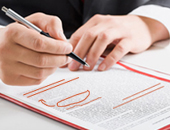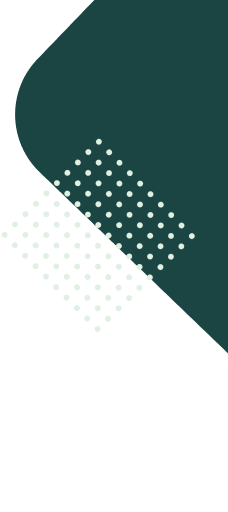 Many of us want to save up on cash, who doesn’t want to? But with the growing problem on employment, one should be able to use different methods and cost-saving tactics that will help save some money. This thinking can also be applied to grant writing. Since hiring a grant writer may cost you an arm and a leg, grant seekers will need to find ways to trim down their expenses. More often, they resort to using cost-saving tools like templates. But is it possible to use a grant template in piecing together your proposal?
Many of us want to save up on cash, who doesn’t want to? But with the growing problem on employment, one should be able to use different methods and cost-saving tactics that will help save some money. This thinking can also be applied to grant writing. Since hiring a grant writer may cost you an arm and a leg, grant seekers will need to find ways to trim down their expenses. More often, they resort to using cost-saving tools like templates. But is it possible to use a grant template in piecing together your proposal?
“Possible” is an understatement. The best answer is “yes.” You can really use one in writing your request. Grant writing consumes too much time, thus a template can definitely help you. Though you have to do some necessary adjustments and modifications, still you will be able to chunk out almost 25 percent of the time needed in making your own proposal.
In writing it, include these details: introduction, statement of needs, goals and objectives, program methods and design, and expected outcomes.
Templates will allow you to cut and paste certain info and tailor it based on your needs and funding source’s requirements. You just have to know the guidelines set by the grantor for you to customize your grant request. Templates, indeed, can be your key to perfect the writing task.
Tips for You
Here are some pieces of advice to help you use a grant proposal template effectively:
Never use it like a mold.
Most funding institutions don’t like generic statements. A “generic proposal” tends to have vague info about the proposed project and it annoys grant committee.
Put your “own” words.
As much as possible, modify the template based on requirements and interests of a funder. Place certain yet vital details about your project or program. Input your own words to express your thoughts and make them clear.
Focus on it.
Templates only serve as your guide during the writing process. However, be sure to include a solid background about your endeavor and focus on how you can effectively handle the project. Also, make sure that you highlight your ability to address the problem and lead the project to success.
Tell the benefits.
Your proposal should tell the reasons why it should get the funds over other grant seekers. Offer concrete evidences and possible results of funding your proposal. Cite how your program can help change people’s lives and make them better.
Be transparent.
Dubious proposals never get a funding aid. So, be honest in stating every detail. This is one key factor to build a strong and long-lasting relationship with a funder. The budget section is often faked by grant seekers. In writing this section, make it factual. Present items along with their costs and certain explanations for their usage. Justify their importance in fulfilling your project goals.
Be punctual.
Time and grant always come together. Don’t waste your time waiting for the Request for Proposal. Prepare now. As for the deadline for submission of application, always submit your request days before the set deadline. If you think you can’t make it on time, don’t cram. Stay focused to create a good one. If you failed to meet the deadline, you can always wait for the next round of its grant cycle.
Proofread your work.
Before you submit your application, take time to review it so as to avoid any error. An error-free grant proposal reflects a good character within you, one key factor that could compel reviewers of your worth for funding aid.
If you can’t make your proposal even with a grant proposal template, seek help from expert grant writers.






